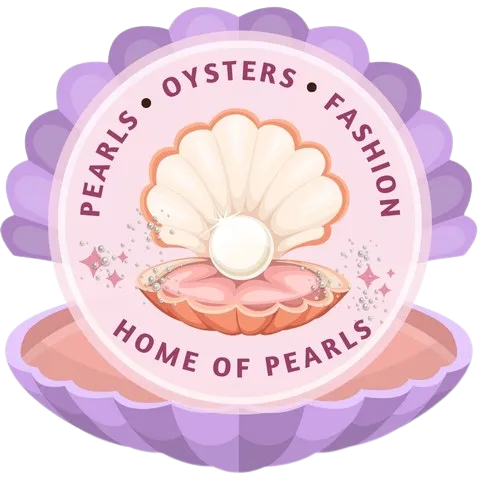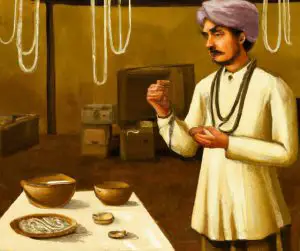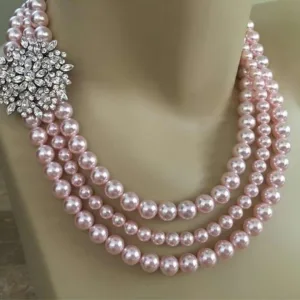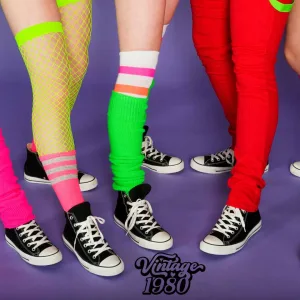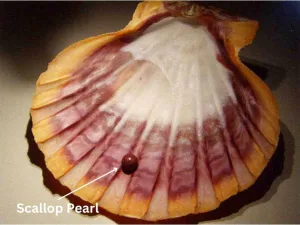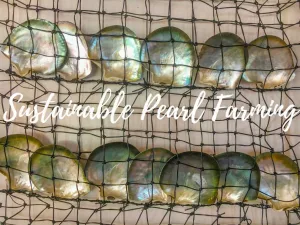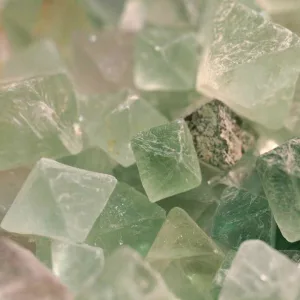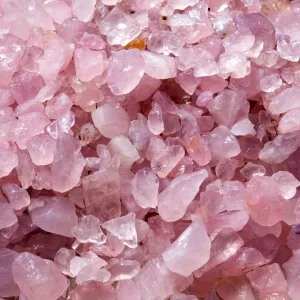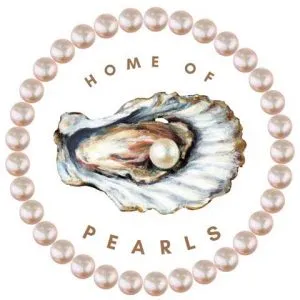This 30th pearl anniversary is a special occasion to reflect on the timeless beauty of these precious gems. The origins of pearls date back centuries, and it’s no wonder that they remain an enduring symbol for elegance and luxury today. Whether you’re looking for classic Akoya or contemporary freshwater pearls, there are so many varieties available in all shapes, sizes, colors and textures – perfect for any celebration! On this momentous 30th pearl anniversary we want to honor the diverse range of possibilities presented by these beautiful natural stones while celebrating their versatility with inspiring fashion ideas. From romantic bridal looks to stylish evening gowns – let us explore together how to make your big day even more unique!
Pearl History
Pearls have been a symbol of beauty and wealth for centuries. The oldest known pearl jewelry dates back to 2300 BC, when the Sumerians used them as decorations on their clothing. Ancient Egyptians believed that pearls were tears from the gods, while in China they were thought to bring good luck and prosperity.
The ancient Greeks also treasured pearls, believing that wearing them would make one wise and beautiful. They even made laws against wearing too many pearls at once. During the Roman Empire, it was common for wealthy women to wear multiple strands of large pearls around their necks or wrists.
In the Middle Ages, Europe saw an influx of freshwater pearls from India and Persia which increased its popularity among royalty and nobility alike. By this time period, oysters had become so over-harvested that some countries passed laws regulating how many could be taken from each body of water per year in order to protect them from extinction.
By the 17th century, natural pearl production had declined significantly due to overfishing but cultured (or farmed) pearl production began in Japan during this time period which allowed people access to affordable options again. In 1916 Kokichi Mikimoto developed a method for culturing saltwater Akoya Pearls using small pieces of mantle tissue inserted into live oysters which revolutionized pearl farming forever.
Pearls have been a part of human history for centuries, and their beauty and value continue to make them one of the most sought-after gems today. Now let’s explore the different types of pearls available.
Key Takeaway: Pearls have been a symbol of beauty and wealth for centuries, with their popularity spanning from the Sumerians to modern-day culturing techniques. Key takeaways: • Ancient cultures believed pearls had special powers • Overfishing led to laws regulating pearl harvesting • Cultured pearl production revolutionized the industry in 1916
Types of Pearls
Pearls are a timeless and elegant accessory that can be found in many forms. Whether you’re looking for something to add to your wardrobe or a special gift, pearls come in various shapes, sizes, colors and types. Knowing the different types of pearls available will help you find the perfect one for any occasion.
Freshwater Pearls
Freshwater pearls are grown in mussels living in lakes, rivers and ponds. They have an irregular shape with smooth surfaces and come in a variety of colors including white, pink, peach and lavender. Freshwater pearls tend to be more affordable than other types due to their abundance but still offer beauty and quality comparable to other pearl varieties.
Saltwater Pearls
Saltwater pearls are produced by oysters living in oceans or seas around the world. These gems usually have rounder shapes than freshwater varieties with higher luster levels as well as greater durability since they’re exposed to harsher conditions underwater. Saltwater pearl colors range from white through shades of yellow-golden browns all the way up into deep blues or greens depending on where they were harvested from geographically speaking.
Cultured Pearls
Cultured pearls are created when humans intervene during the natural process of creating a pearl by inserting a small piece of mantle tissue along with some kind of irritant into an oyster’s shell which then causes it produce nacre (the material used to make up a pearl). Cultured salt water pearls typically come from Japan while cultured freshwater ones originate mainly from China although there is also production occurring elsewhere such as Australia too now days . Cultured Pearl colors vary widely based on what type was used for its creation but generally include whites , pinks , yellows , purples & blacks .
No matter what type you choose – whether it’s freshwater, saltwater or cultured – each offers its own unique beauty that makes them special gifts or accessories for yourself.
Pearls come in a variety of shapes, sizes and colors, making them the perfect accessory for any occasion. Now let’s take a look at how to celebrate this special 30th pearl anniversary.
Key Takeaway: Pearls are a timeless and elegant accessory that come in various shapes, sizes, colors and types. Freshwater pearls tend to be more affordable but offer beauty and quality comparable to other varieties. Saltwater pearls have rounder shapes with higher luster levels while cultured pearls are created when humans intervene during the natural process of creating a pearl.Types: Freshwater, Saltwater & Cultured; Colors: White, Pink, Peach, Lavender, Yellow-Golden Brown & Deep BluesGreens.
Pearl Anniversary Celebrations
Pearl anniversaries are special occasions that celebrate the beauty and significance of pearls. The 30th pearl anniversary is a milestone event, and many couples choose to mark it with an extra-special celebration.
Gifting Pearl Jewelry: One way to commemorate this occasion is by gifting each other pearl jewelry. A classic strand of white or cream-colored pearls is timelessly elegant, while more colorful varieties like pink, black, or golden South Sea pearls make for unique statement pieces. For something truly luxurious, opt for a necklace set with Akoya cultured pearls in varying sizes—the perfect gift for someone who appreciates fine craftsmanship and exquisite detail.
Hosting a Special Dinner Party: Another option is to host a dinner party in honor of the couple’s 30th pearl anniversary. Decorate the table with white linens and centerpieces featuring freshwater cultured pearls arranged in glass bowls or vases filled with water lilies or rose petals. Serve dishes made from oysters—a fitting tribute to the source of these precious gems—and provide guests with gifts such as pearl earrings or cufflinks they can take home as mementos of the evening’s festivities.
Key Takeaway: Celebrate a 30th pearl anniversary with special gifts and events, such as pearl jewelry or a dinner party decorated with freshwater cultured pearls.
Conclusion
As we celebrate the 30th pearl anniversary, it is important to remember the beauty and elegance that pearls bring. From natural pearls to cultured ones, they have been a symbol of luxury and sophistication for centuries. Whether you are looking for an elegant piece of jewelry or a timeless gift, pearls are sure to make any occasion special. Celebrate this milestone with something unique and beautiful – a pearl!
Let’s celebrate the 30th pearl anniversary together! Join us in making a difference by taking part in oyster farming, creating fashion with pearls or even just spreading awareness about the importance of protecting our oceans. Every action counts towards preserving and celebrating this beautiful gem for future generations to enjoy. Together, we can make sure that home of pearls remains as vibrant and precious as it is today.
